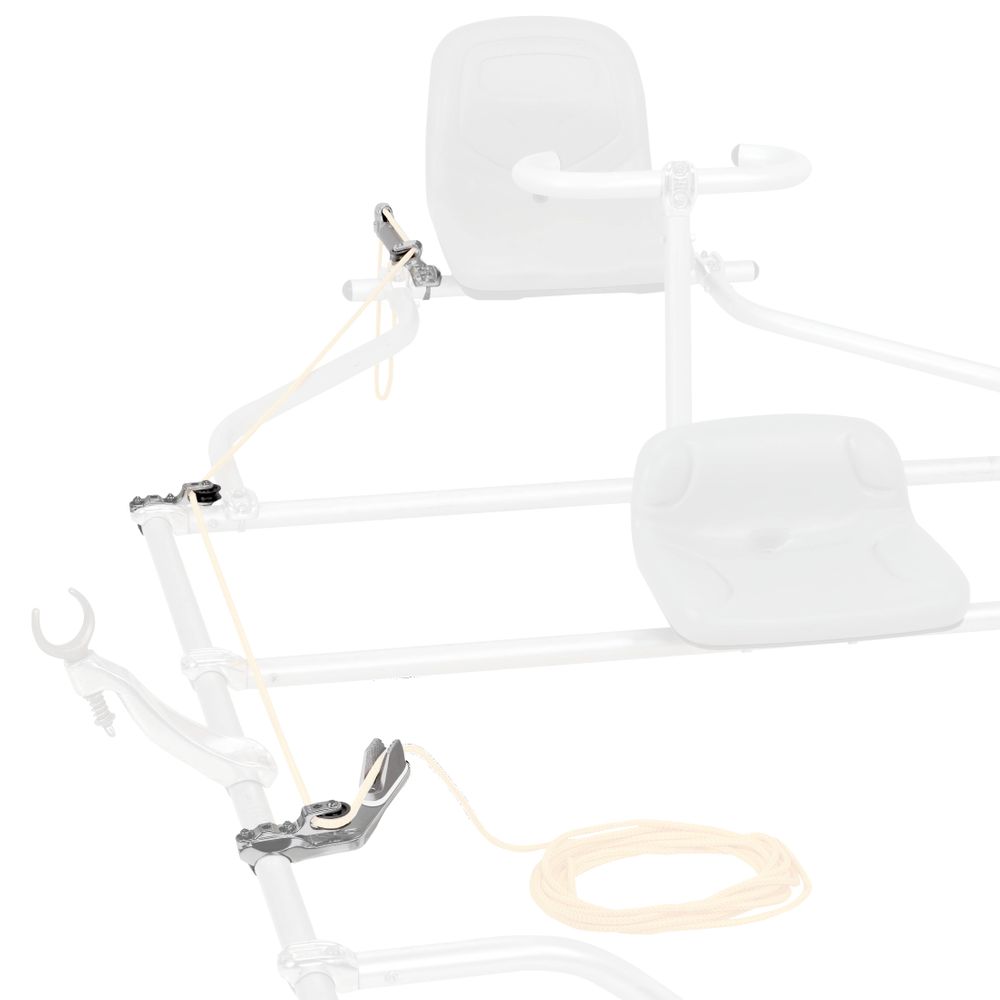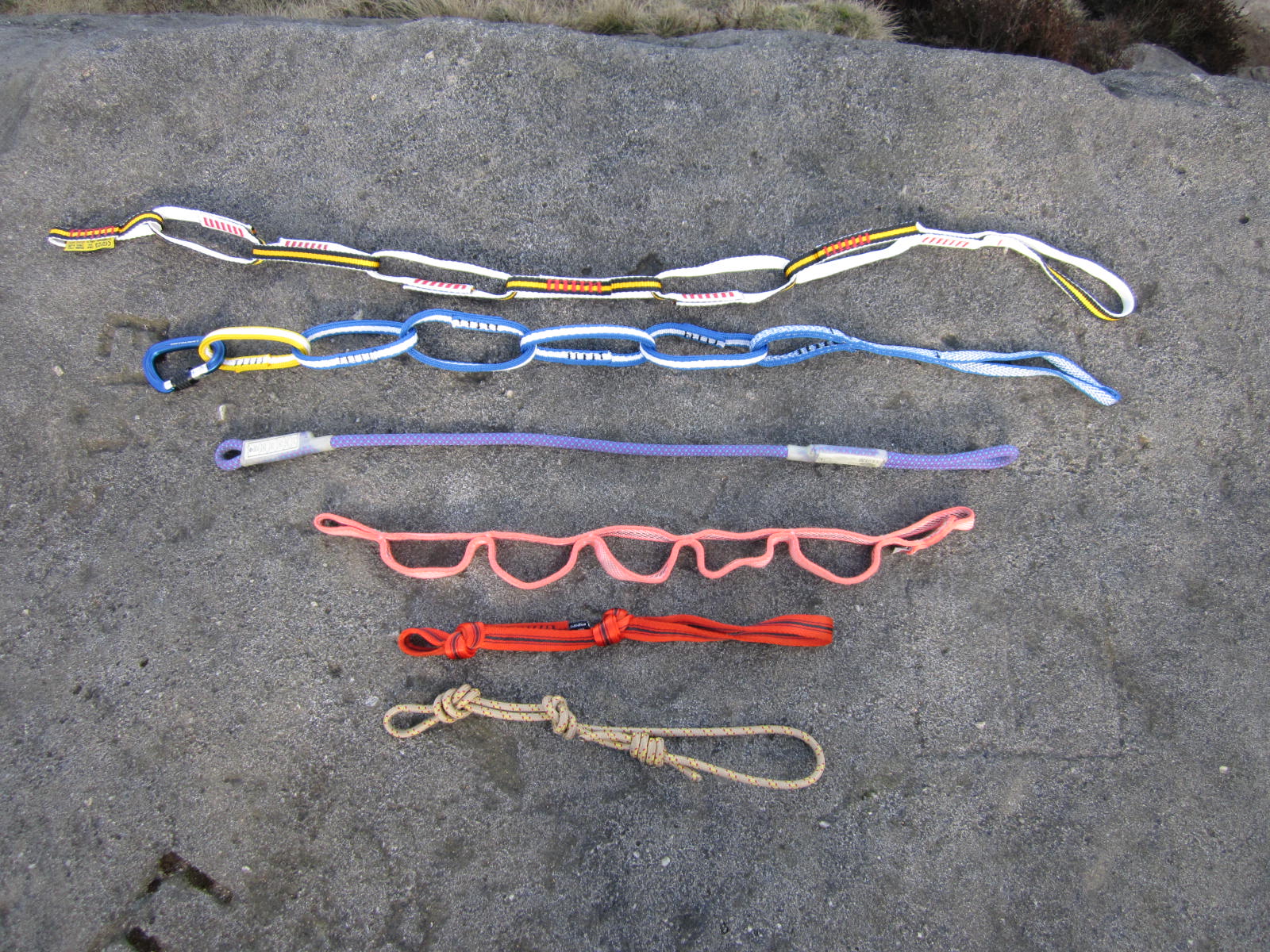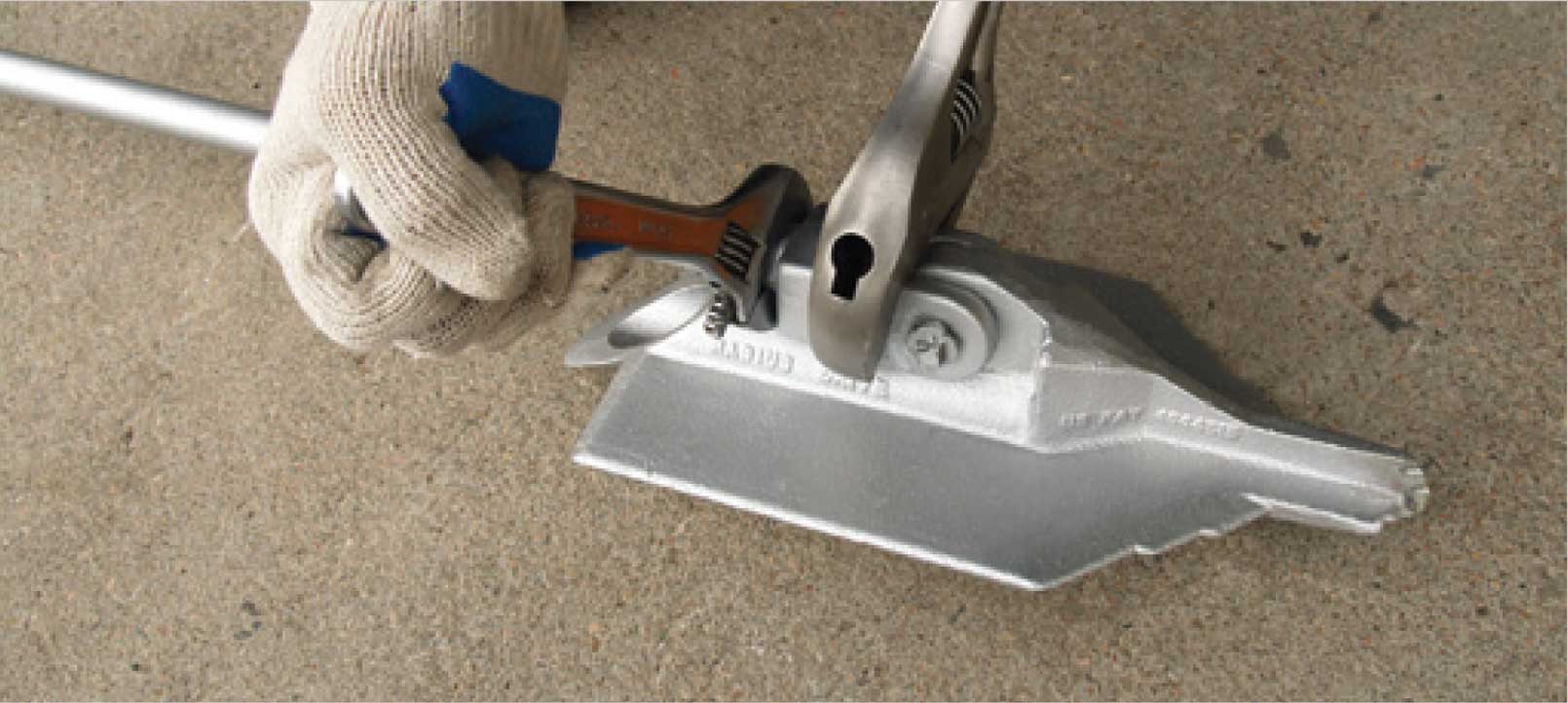Earth Anchor Modern Technology: A Solid Solution for Earthquake-Proofing
Reliable Support Equipments Designed for Maximum Toughness
The design of effective support systems is vital in guaranteeing optimal toughness and integrity throughout different applications, specifically in aquatic and civil engineering. As we check out the different types of support systems and the products that underpin their performance, it becomes apparent that the future of securing modern technology might hold even higher developments.
Significance of Anchor Equipments
Support systems play a critical role in various applications, from aquatic building to offshore boring and also in the security of frameworks ashore. Their primary function is to provide safe and secure holding power, making sure that structures stay secure and secure under numerous environmental conditions. In marine atmospheres, supports are crucial for mooring vessels, stopping drift due to wind, currents, or waves. Without reliable anchoring, ships might be at risk of accident or grounding, leading to substantial economic and ecological repercussions.
In addition to aquatic applications, anchor systems are important in civil design, specifically in the building of retaining walls, bridges, and structures in geologically challenging areas. These systems help distribute tons effectively, counteracting forces such as dirt stress and seismic activity. The significance of anchor systems reaches the eco-friendly power industry, where they safeguard wind generators and offshore platforms, adding to the stability and performance of energy generation.
Ultimately, the performance of an anchor system is fundamental to the security, toughness, and functionality of various structures, making their layout and execution an essential component in engineering and building methods throughout several markets.
Ingenious Materials in Support Design

Modern advancements in products scientific research have substantially transformed support layout, boosting efficiency and durability. The unification of composite products and high-strength alloys has brought about supports that can hold up against severe ecological conditions while maintaining architectural honesty. These ingenious materials not only supply premium tensile toughness but likewise reduce weight, enhancing ease of installment and handling.
One significant advancement is the use of carbon fiber reinforced polymers (CFRP), which provide superb rust resistance and high strength-to-weight proportions. This permits the style of supports that are both lightweight and extremely resilient, making them suitable for aquatic applications where direct exposure to saltwater can result in material destruction.
Furthermore, innovations in finishings-- such as innovative epoxy and galvanization-- further safeguard steel supports from corrosion, extending their life span. These coatings can be customized to satisfy particular environmental difficulties, making certain that anchors perform dependably also in rough conditions.
Moreover, the integration of clever materials, which can adapt to transforming tons and ecological variables, is paving the way for future support designs. These growths underscore a pattern in the direction of higher effectiveness and dependability in anchoring remedies, ultimately improving security throughout various applications.
Kinds Of Reliable Anchor Equipments
Reliable securing remedies are crucial for ensuring stability and safety and security in various applications, from building to marine operations. A number of kinds of efficient anchor systems stand out for their effectiveness and adaptability navigate here to different environments.
One prominent type is the screw support, which utilizes a helical design to offer superior holding power in dirt and soft ground. These anchors are particularly helpful in momentary structures and can be easily removed and reused.
Another favored system is the driven pile support, often employed in marine and heavy building and construction tasks. These anchors are driven deep right into the ground, supplying outstanding resistance to side forces, making them optimal for sustaining big structures.
For aquatic applications, the mooring buoy anchor system is necessary. This system includes resilient tools attached to anchors on the seabed, enabling vessels to continue to be secure while decreasing drag from winds and currents.
Lastly, the deadweight support system counts on heavy weights to supply security and is generally used in overseas setups. Each kind of anchor system is created to fulfill specific demands, guaranteeing the security and stability of structures and vessels in different conditions.
Safety Specifications and Regulations
Making sure the safety and integrity of securing systems involves adherence to rigorous security criteria and policies. These standards are developed by numerous organizations, including the American Society for Screening and Materials (ASTM), the International Company for Standardization (ISO), and local building regulations. Conformity with these policies is crucial to assure that anchoring systems can withstand ecological stresses and loads, minimizing the threat of failing.
Checking and accreditation processes are basic elements of safety and security criteria. Securing systems must undertake extensive analyses, including tensile toughness tests, fatigue tests, and environmental impact examinations. These tests help establish the systems' performance under real-world problems, guaranteeing they meet or exceed the needed security thresholds.
In addition, makers are needed to provide detailed requirements and instructions for installation and upkeep, which are essential to supporting security requirements. Regular assessment and upkeep methods must also be developed to recognize prospective weak points over time.
Future Fads in Support Innovation
The future of support innovation is poised for substantial advancements, driven by the raising need for enhanced safety and security and efficiency in building and construction and engineering applications. Technologies are expected in materials, design, and setup methods, which will improve the stamina and sturdiness of anchor systems.
One arising trend is the integration of clever technology into support systems. Earth Anchor. By integrating sensors, these systems can check stress and anxiety, lots, and ecological conditions in real-time, allowing for aggressive maintenance and boosted integrity. Furthermore, advancements in composite materials might lead to lighter, yet more powerful supports that can endure severe conditions, lowering the the original source total weight of structures


In addition, modular anchor systems are getting grip, enabling less complicated installment and flexibility to different project requirements. Earth Anchor. As the industry embraces automation, robot installation strategies can further enhance the anchoring procedure, enhancing efficiency and accuracy
Conclusion
In conclusion, effective anchor systems play a critical duty in making certain the stability and security of civil and aquatic design projects. The unification of cutting-edge materials and progressed styles substantially boosts holding power and resistance to various ecological difficulties. Adherence to safety standards and laws better highlights the importance of integrity in support systems. As innovation proceeds to advance, future patterns are expected to concentrate on clever surveillance solutions and sustainable materials, leading the method for boosted efficiency and long life.
The layout of efficient support systems is essential in ensuring maximum toughness and dependability across numerous applications, specifically in civil and marine design. As we check out the various kinds of support systems and the products that underpin their efficiency, it ends up being evident that the future of securing modern technology may hold also greater improvements.Guaranteeing the safety and dependability of anchoring systems entails adherence to rigorous safety and security requirements and guidelines.In conclusion, effective support systems play a vital duty have a peek at these guys in guaranteeing the security and safety and security of marine and civil design tasks. Adherence to safety and security standards and guidelines further highlights the relevance of integrity in support systems.